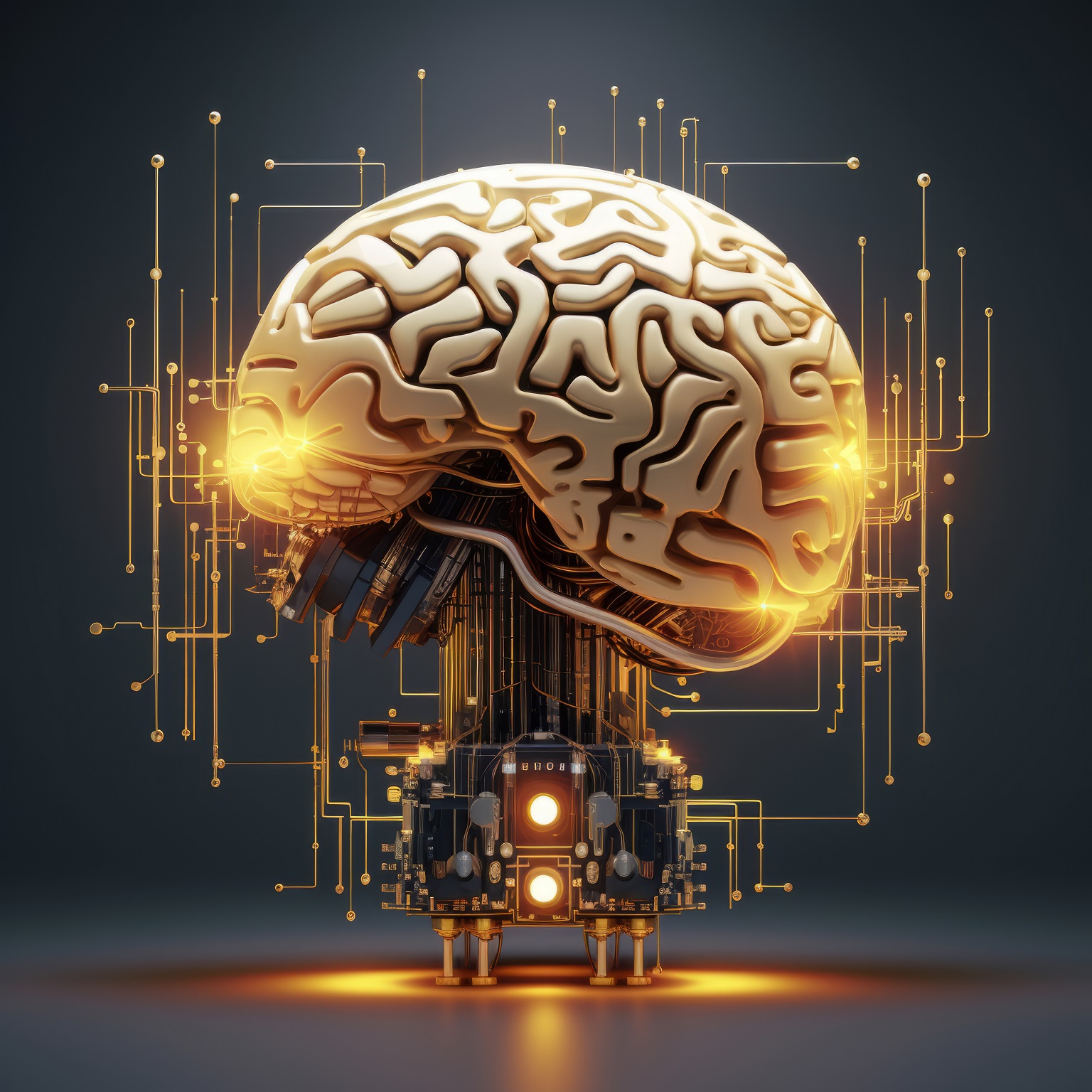
Many people often assume that Machine Learning and Deep learning refer to the same thing. While some use these terms interchangeably, some do not understand how these two concepts in Artificial Intelligence can be distinguished. In this blog post we will examine in detail the differences between Deep Learning and Machine Learning. This will aid us in comprehending our ML journey further.
We previously established that Machine Learning is a subset of Artificial Intelligence that is concerned with the development of algorithms that allow computers to learn from data. ML systems are capable of making decisions based on given data input without explicit instructions. In exploring Machine Learning, it is inevitable to come across Deep learning which will be the focus in this post. First, we will examine what Deep learning is before attempting to unravel its differences in relation to Machine Learning. If you want to learn more about Machine learning, you can check our post on Basic Concepts in Machine Learning
What is Deep learning?
Deep Learning is a larger subset of Machine Learning that involves the use of Artificial Neural networks to teach computers to analyze and interpret data such that it functions like the human brain. It utilizes a network of layers to process data in real time. The essence of deep learning is to make computers interpret given data by identifying common patterns just as humans do from experience.
The Concept of Neural Network
The concept of neural networks is an attempt to simulate the way the human brain functions with interconnected neurons to process information. This was conceptualized by Geoffrey Hinton who is seen as the founding father of deep learning. Neural networks are structured from Artificial neurons with multiple layers that function together to solve problems.
Neurons operate with computations flowing through learning models called nodes. They work with synapses that connect multiple neurons from the preceding layer. The synapses work in association as each carries its own weight which impacts the previous layered neuron and the general neural network. Basically, the neurons work by receiving an Input, processing them and giving back an output. The different layers in this process are Input Layers, Hidden Layers and Output Layers. Neural networks are useful in a number of ways like in Image recognition, speech recognition, financial predictions amongst others.
Deep Neural Network
Deep neural network functions by utilizing a complex and hidden structure to comprehend problems and proffer more suitable solutions to complex tasks. It involves a wide range of unique and hidden layers like a convolutional layer, max pooling layer, dense layer and other distinct layers.
The larger the layers present in a neural network, the more complex it becomes, requiring more resources and training time. It involves solving complicated processing tasks that might be difficult for a traditional neural network. Similarly, DNN contains multiple hidden layers capable of learning complex things like images and characters with more accurate output.
Activation Functions
Activation Functions perform a vital role in hidden multiple layers to solve complex tasks. They determine the output of a node depending on a specific input. They are designed to enable the problem solving abilities of a neural network in a non-linear pattern like the human brain. The non-linear pattern introduced into the model enables it to learn complex patterns in the data.
There are a variety of activation Functions such as linear activation, sigmoid, ReLU amongst others that can be used depending on the type of problem to be solved. Activation Functions are important because without them, the output of a neuron would be linear, making it unable to handle complex data.
Why is Deep Learning Important?
Deep learning is crucial to the evolvement of Artificial Intelligence as it is improving the abilities of AI systems in complex pattern recognition. Deep learning is surpassing traditional machine learning because it can deliver better results in image and speech recognition. Similarly, deep learning has proven beneficial to industries like healthcare and finance in the analysis of large datasets as it helps them to automate processes, delivering insights in a faster time.
Furthermore, fraud detection and medical diagnosis amongst others now enjoy improved accuracy with deep learning systems. As more data is provided, the models continue to evolve and develop better results.
In what way is Machine Learning different from Deep Learning? We will be exploring this next to deepen our understanding of both Machine Learning and Deep Learning systems.